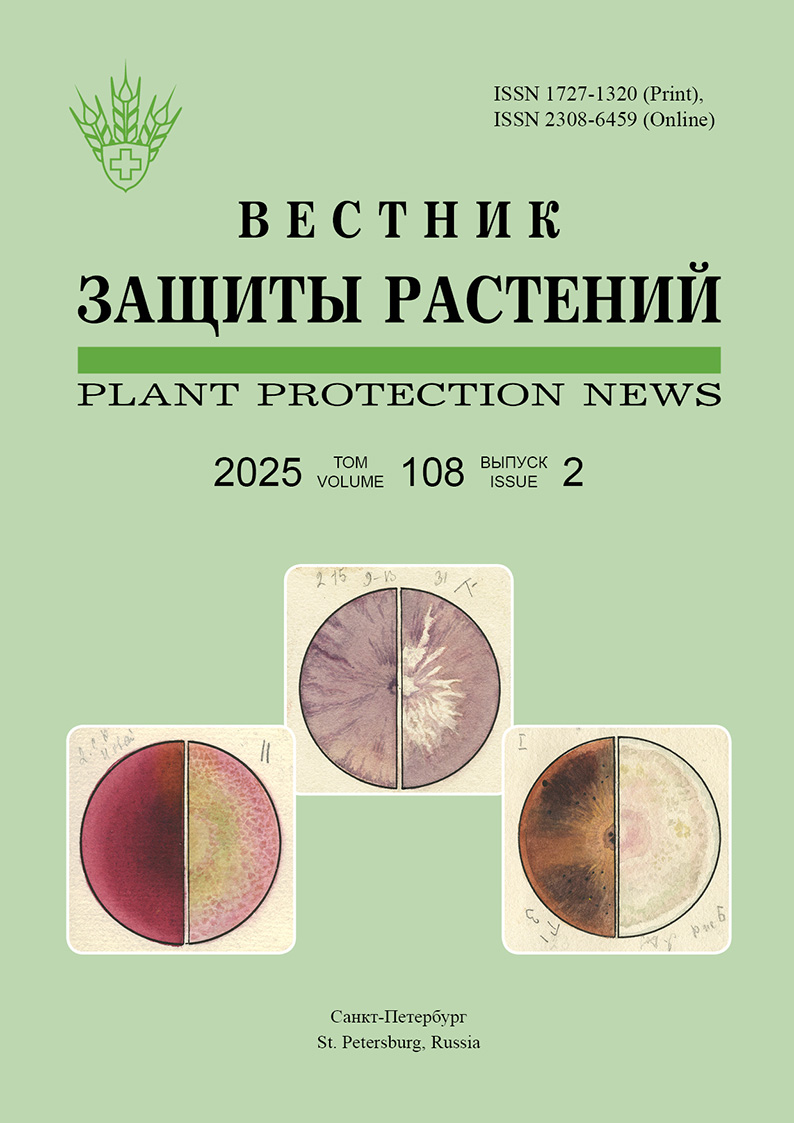Contribution of Russian and Soviet scientists to the taxonomy of Fusarium fungi
Keywords:
history of science, classification, mycology, scientific knowledge, continuityAbstract
This review presents information on researchers of Russian origin that have made significant benefaction to the taxonomy of Fusarium fungi, who described new species or contributed to their classification, whose names are included in the list of Fusarium taxa authors. Scientists worked in previous centuries did not have modern methods, but had deep scientific views, and their professional competence formed a globalizing basis for taxonomic achievements in the current mycology. The value of the legacy they left behind, including principles and methods of work, publications, and hundreds of herbarium specimens, is noted. Modern taxonomy of Fusarium fungi is a synthesis of information obtained by previous scientists based on the analysis of morphometric diversity and new data received using phylogenetic analysis of multilocus DNA sequences. As a result, the classification is undergoing a period of rapid development, new phylogenetic species are being actively described, many previously identified taxa have lost their legitimacy, which does not reduce the value of the information obtained at the initial stages of the development of the taxonomy of this group of fungi. Although there is extensive taxonomic work on Fusarium fungi, fungal diversity and genus structure remain poorly understood, and little is known of the distribution, biology, genetics of the vast majority of species, despite the well-known important role of these organisms in nature. Formally described Fusarium taxa represent only a small proportion of the expected species diversity, and future studies will significantly expand our understanding of the biodiversity of fungi and their ecological functions.



